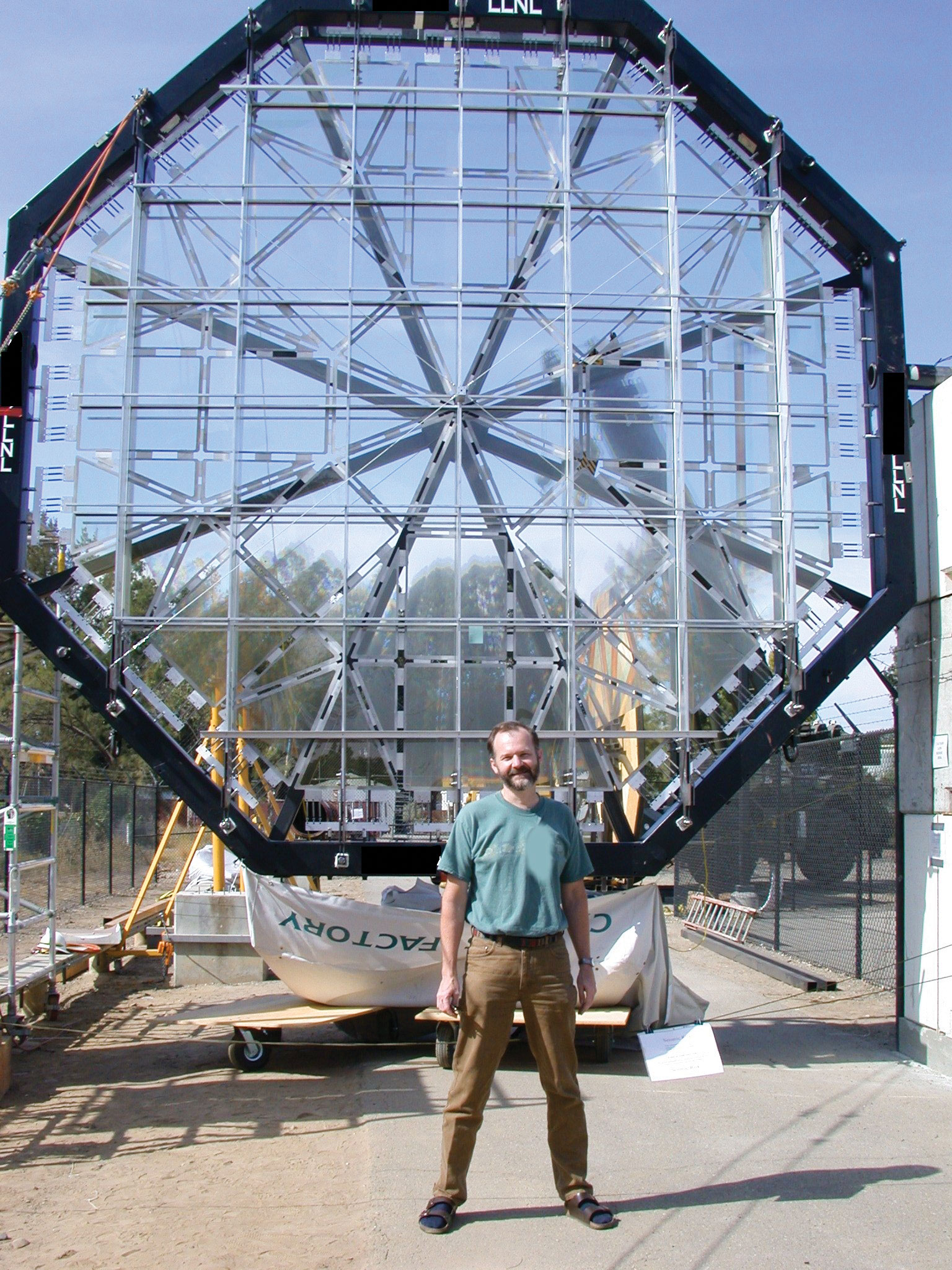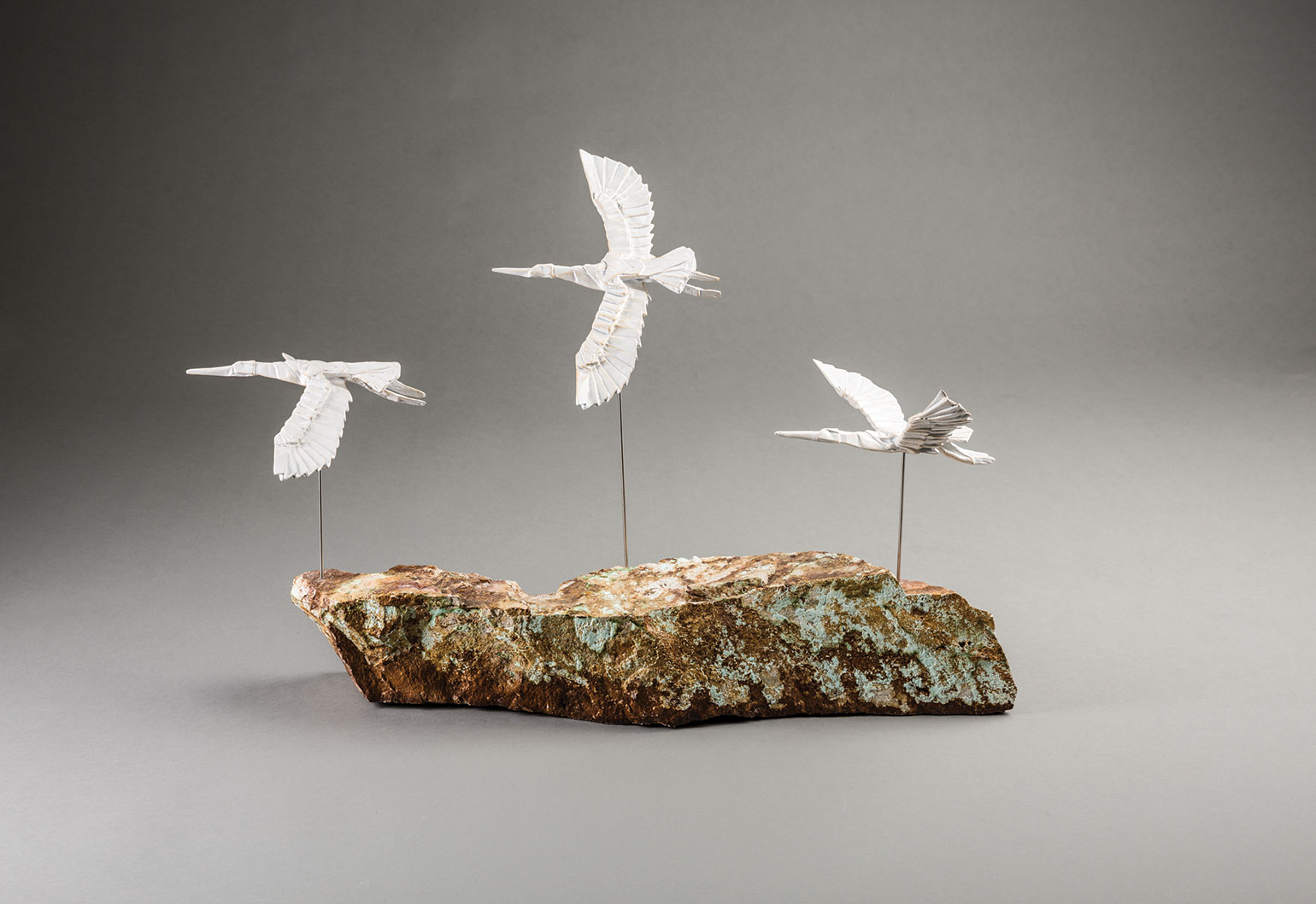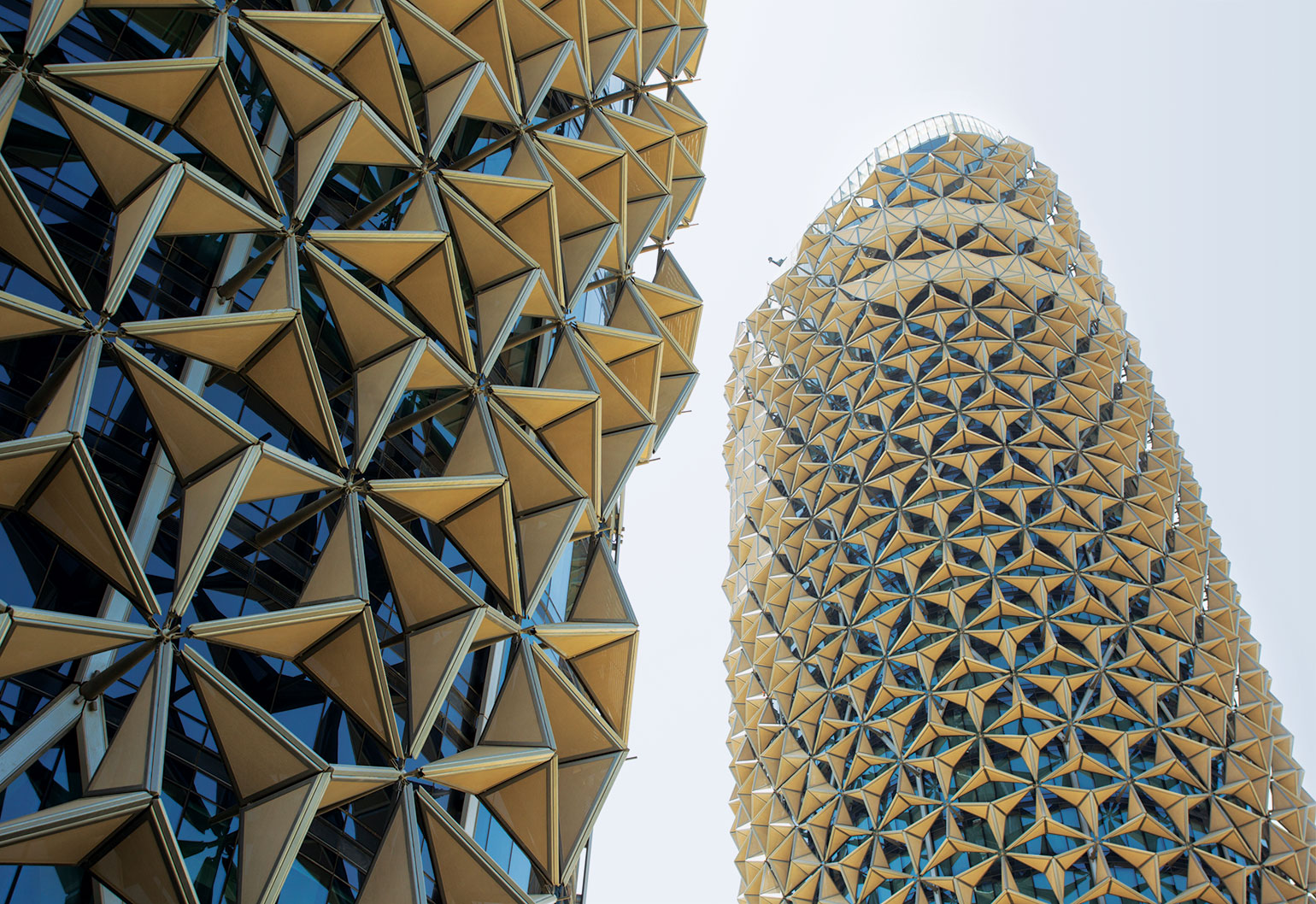Origami, the traditional Japanese art of paper-folding, is increasingly being used to solve modern-day engineering problems.
Robert Lang, a former NASA laser physicist who develops folding patterns based on mathematical origami concepts, is one of the pioneers in this field.
“You need to be able to describe the origami element in a way that is compatible with uses in engineering, and the language that does that translation is mathematics,” he told create.
“If we can describe an origami figure mathematically in a way that captures all of the folding behaviour, then we can use that mathematical description within the world of engineering.”
The challenge of doing this is finding a mathematical description that captures enough of the important behaviour of an end product.
This includes factoring in the thickness of a material — while it is relatively easy to create complicated structures by disregarding the thickness of paper, this has limitations when it comes to materials such as foam, composite or metal.

“The challenge is finding the math that is accurate enough to take into account effects like thickness, bending, stresses and strains, but that is not so complicated that we can’t still solve it,” Lang said.
Another challenge is retaining the advantages of a foldable product while still being able to meet the engineering requirements. One example of this is a deployable solar array.
“The benefit that you get from origami is that you can design an array that has lots of solar panels, and they all move together in the right way to collapse down to a small bundle and then open out into a big flat shape,” Lang said.
“But we also need to make sure that there aren’t problems or technological challenges introduced by using origami.”
For example, if there are a lot of panels, there will also be a lot of hinges — or places where there are folds in different directions — so the folds need to work together so they don’t collide when they open out.
Origami is particularly suited to space applications. One of the first projects Lang worked on that used origami patterns was a telescope for the United States’ Lawrence Livermore National Laboratory.
His role was to create a large circular shape that would fold down to a cylindrical shape, and also factored in the thickness of the material.
“We knew from the outset that thickness was non-negligible. There were a bunch of panes of glass and they were going to stack up, so the model I had to develop was one that had to include the effects of thickness,” Lang said.
At the time, he was still carrying out his day job in laser physics, working on the project during evenings and on the weekend.

The constraints of the project are typical to ones that use origami concepts.
“Maybe we start using a pure origami solution, but it turns out that if we introduce cuts in some places, that would actually enable a lower cost solution, for example. So what we’ll end up with might be a mixture of origami and kirigami — which uses both folds and cuts,” Lang said.
“The key thing here is that origami is our jumping off point, but once it becomes an engineering development, we need to look at the factors that drive engineering and those factors may pull us away from origami.”
Another origami concept that has been used in space applications is the Miura fold. Like traditional origami, it takes a flat sheet and folds it down to a very small size, with the angle of folds affecting how small it can get.
“It’s theoretically a single degree of freedom, which means that if you move two parts, every other fold moves together with it,” Lang said.
The engineering advantage of this is that even a design with 100 folds does not need 100 motors.
Instead, just one or two motors are needed to connect opposite corners of the sheet so that when the corners are pulled apart, the whole pattern spreads out.
Origami concepts aren’t widely used, but Lang said they continue to show up in certain applications.
“I don’t think we’re going to suddenly wake up one day and everything in the world is origami,” he said.
“One of the challenges in using origami in broad consumer products is that when anything is fairly complicated to fold, it becomes really challenging to build machinery to fold it in high volume.”
Paper towns
While origami is particularly suited to space and medical applications, such as laparoscopic surgery and products that involve a single sheet-like material, its use in buildings is more limited to façades.
“People who use origami for building façades will go to a modular approach where the façade is made up of many little pieces and each of those pieces is folded,” Lang said.

“One reason is to make an interesting texture or decoration, starting from sheet-like material. So, in a way, it’s a cost benefit that if you start with a sheet, you can fold it and get some pretty interesting textures and patterns a lot cheaper than if you moulded or die-stamped it.”
Lang said origami can also be used for moving façades, as in the case of the United Arab Emirates’ Al Bahr Towers, which are covered with panels that open and close depending on the time of day.
“To make things like façades made of big panels that you want to move and you’d like them to move in a way that you don’t have to actuate a whole bunch of different motors in one place … origami is a very good way of getting that type of mechanism,” Lang said.
This article originally appeared as “Folding structures for portability” in the June 2019 issue of create magazine.



